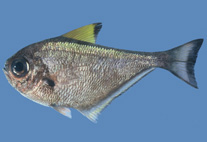Abstract
The genus Austronothrus was previously known from three species recorded only from New Zealand. Austronothrus kinabalu sp. nov. is described from Sabah, Borneo and A. rostralis sp. nov. from Norfolk Island, south-west Pacific. A key to Austronothrus is included. These new species extend the distribution of Austronothrus beyond New Zealand and confirms that the subfamily Crotoniinae is not confined to former Gondwanan landmasses. The distribution pattern of Austronothrus spp., combining Oriental and Gondwanan localities, is indicative of a curved, linear track; consistent with the accretion of island arcs and volcanic terranes around the plate margins of the Pacific Ocean, with older taxa persisting on younger island though localised dispersal within island arc metapopulations. Phylogenetic analysis and an area cladogram are consistent with a broad ancestral distribution of Austronothrus in the Oriental region and on Gondwanan terranes, with subsequent divergence and distribution southward from the Sunda region to New Zealand. This pattern is more complex than might be expected if the New Zealand oribatid fauna was derived from dispersal following re-emergence of land after inundation during the Oligocene (25 mya), as well as if the fauna emanated from endemic, relictual taxa following separation of New Zealand from Gondwana during the Cretaceous (80 mya).

